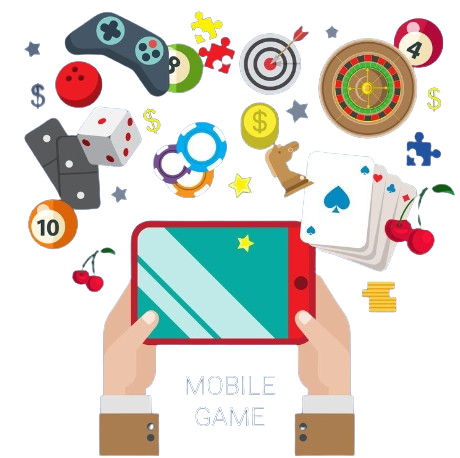In this exciting era, mobile gaming apps are not just games; they’re dynamic platforms for innovation, creativity, and business. The trends in monetization and engagement not only reflect the current state of the industry but also point toward a future full of possibilities.
The world of mobile gaming apps is an ever-evolving landscape, where the thrill of innovation meets the challenge of monetization and user engagement. As millions immerse themselves in these digital realms, understanding the current trends in monetization and engagement becomes crucial for developers and marketers alike.
The Evolution of Mobile Gaming Apps
They have come a long way from simple puzzles and single-player experiences. Today, they encompass a wide range of genres, offering everything from immersive role-playing games to competitive multiplayer battles. The evolution of these apps has not only changed the way people play but also how developers and companies monetize their creations.

Monetization Strategies
Monetization is the lifeblood of the mobile gaming industry. The approaches to monetizing these apps have diversified significantly.
- In-app purchases: Still a dominant strategy, in-app purchases allow players to buy virtual goods or benefits, enhancing their gaming experience.
- Advertisements: Integrating ads into mobile gaming apps remains a popular monetization method. However, balancing ad frequency to avoid hindering the user experience is key.
- Subscription Models: Some gaming apps have adopted subscription models, offering an ad-free experience with additional benefits for a recurring fee.
- Battle Pass Systems: Popularized by games like Fortnite, this system encourages ongoing player engagement and spending through seasonal content.
Engagement Tactics
Engagement is just as important as monetization. They employ various tactics to keep players engaged:
- Social Features: Incorporating social elements like leaderboards, multiplayer modes, and social media sharing can significantly boost engagement.
- Regular Updates: Continuous content updates, New features, and events keep the game fresh and players coming back.
- Personalization: Allowing players to personalize their experience, be it through avatars, skins, or customizable settings, enhances engagement.
- Reward Systems: Implementing reward systems for daily logins or achievements helps in maintaining a steady player base.
Future Trends
Looking ahead, several trends are likely to shape the future of these apps:
- Augmented Reality (AR) Gaming: Games like Pokémon GO have shown the potential of AR in mobile gaming, offering unique, immersive experiences.
- Cross-Platform Play: Allowing players to play the same game across different devices is becoming increasingly popular.
- Cloud Gaming: The rise of cloud gaming could revolutionize mobile gaming apps by bypassing hardware limitations.
- AI Integration: Artificial intelligence can personalize game experiences, create more intelligent NPCs, and improve game design.
Conclusion: The Road Ahead for Mobile Gaming Apps
yle=”font-weight: 400;”>The journey of mobile gaming apps is one of continuous innovation. As developers and businesses adapt to these trends in monetization and engagement, the potential for growth and success in this sector is immense. For those looking to dive into this lucrative market, partnering with a skilled developer like Tanbits, which offers top-notch mobile app development services, can be the key to unlocking the true potential of your mobile gaming app.
In this exciting era, mobile gaming apps are not just games; they’re dynamic platforms for innovation, creativity, and business. The trends in monetization and engagement not only reflect the current state of the industry but also point toward a future full of possibilities.
BACK










